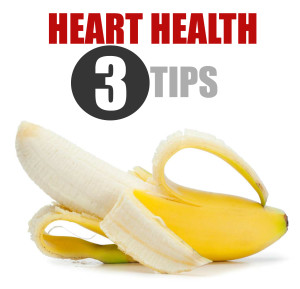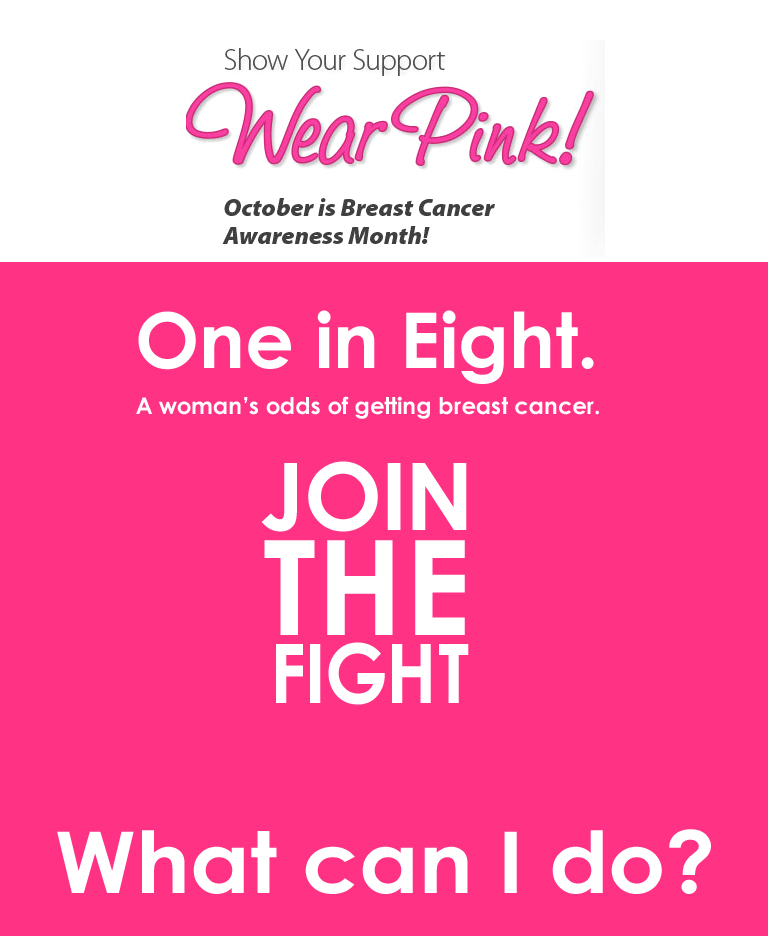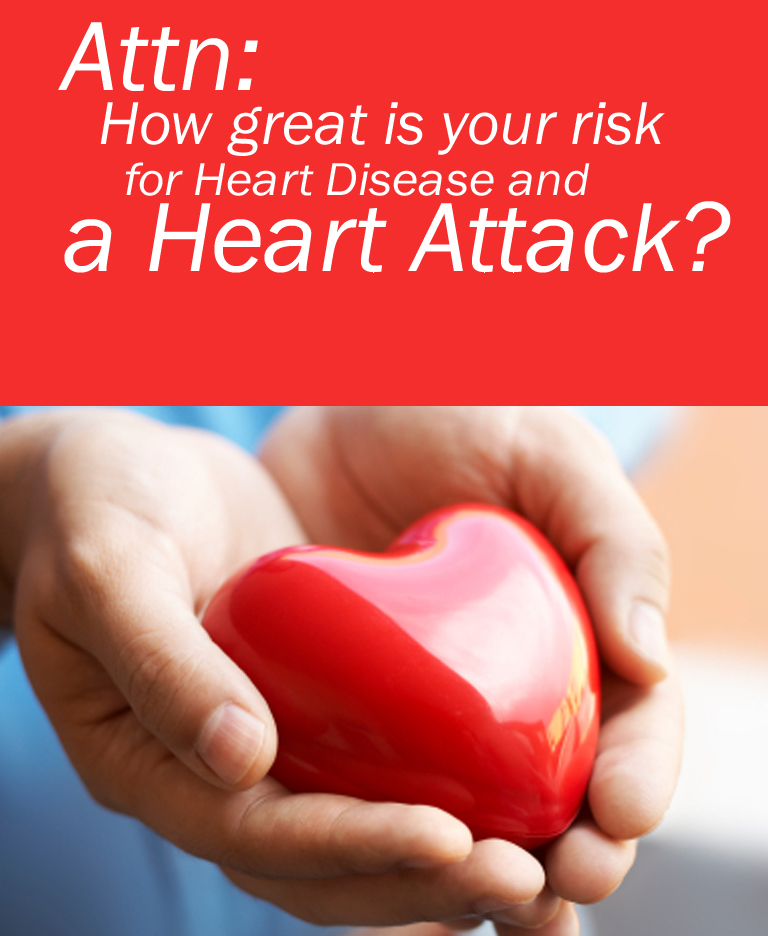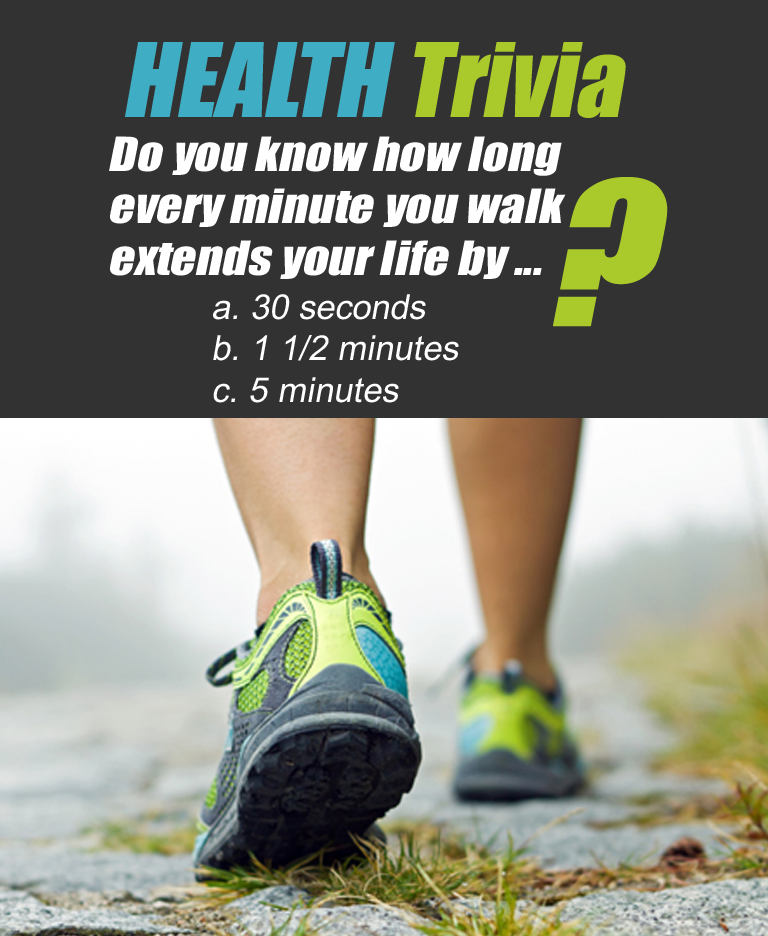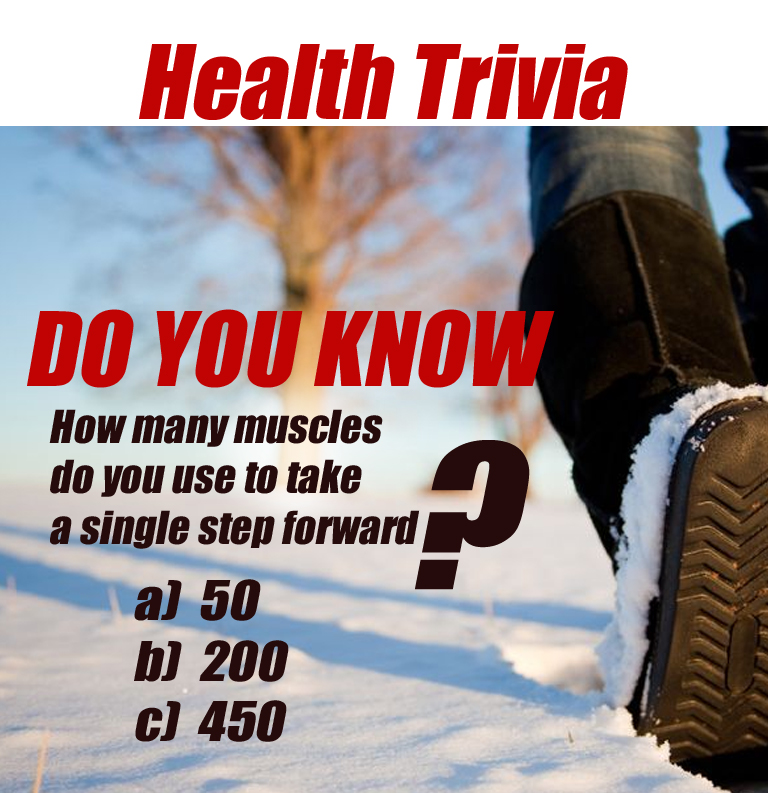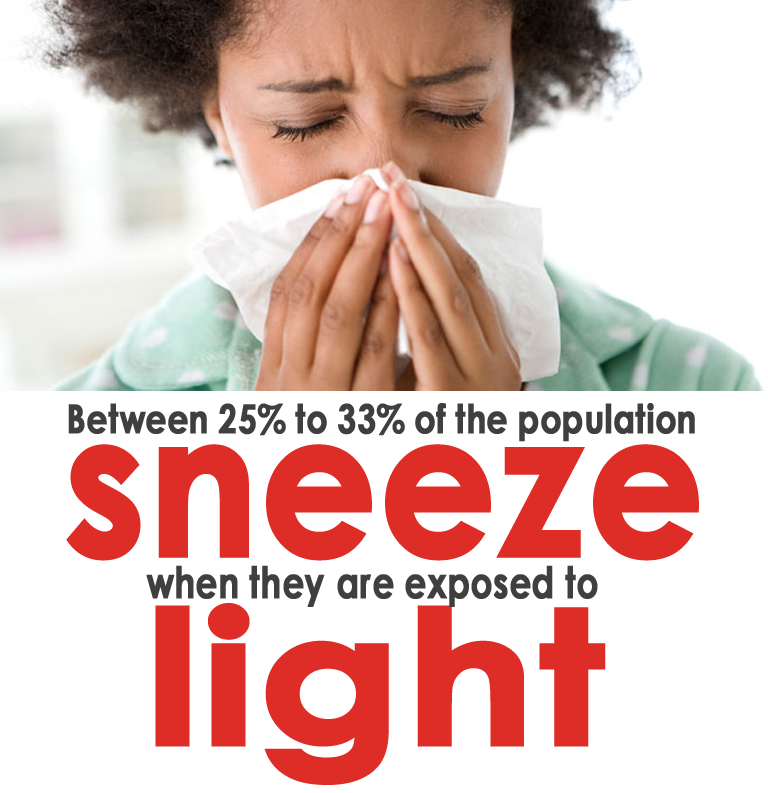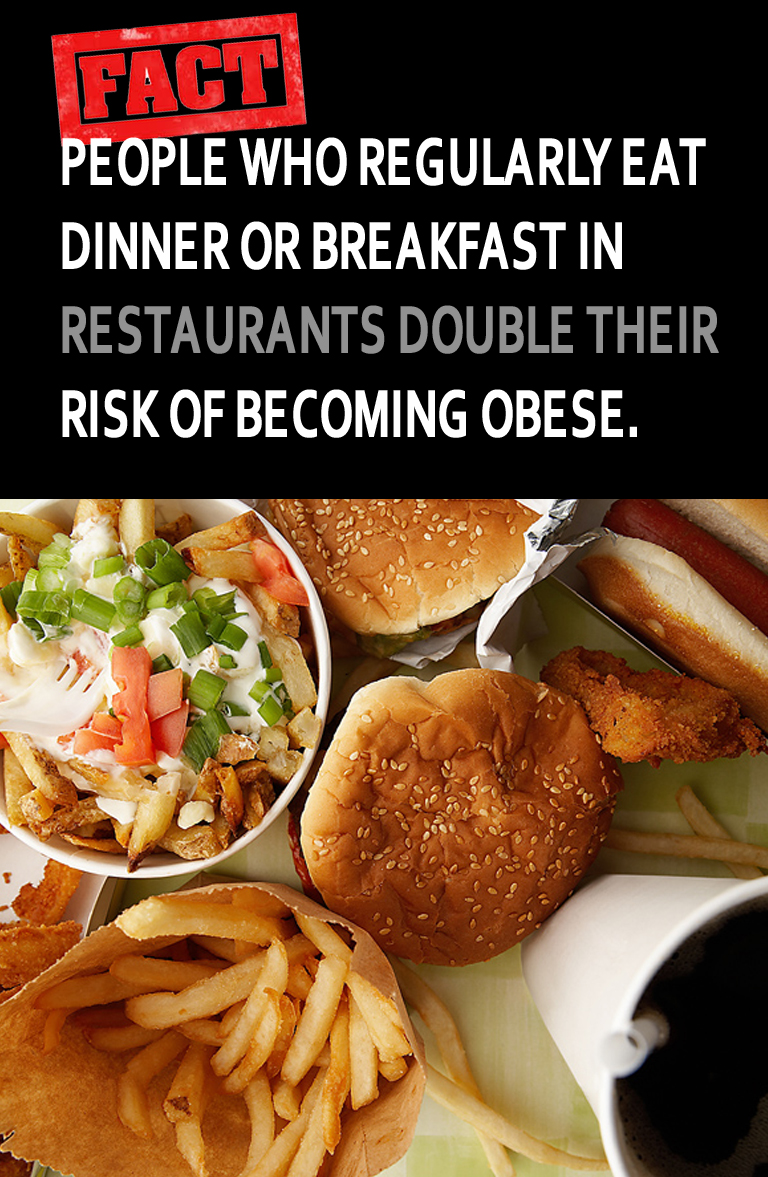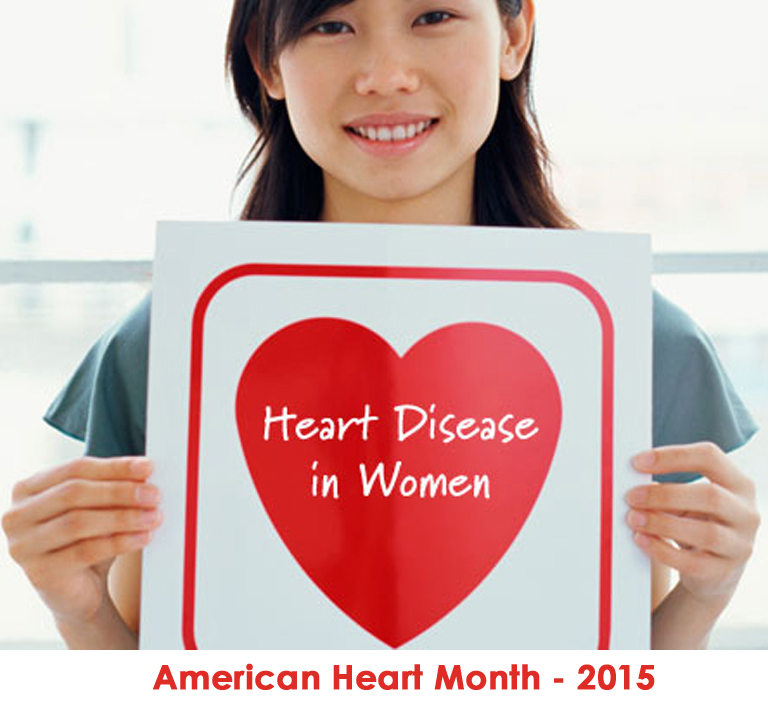According to a study by the American Heart Association, poor sleep quality is linked to an increased risk of high blood pressure, a potential cause of heart disease.
How Much Sleep Do You Need?
It varies from person to person, but that most people need seven hours per night. When we are young, we need more than that. As we grow older, we need less. According to the American Heart Association, studies have found that most people need six to eight hours of sleep each day and that too little or too much can increase the risk of cardiovascular problems.
Negative effects of sleep deprivation
The heart is significantly impacted when the body doesn’t get enough sleep. As Dr. Gina Lundberg, clinical director of Emory Women’s Heart Center, says, “People who are sleep deprived have slower metabolism and more difficulty losing weight. They also have the effect of not wanting to exercise or participate in other healthy habits.”
HEALTH TIP: To improve sleep habits be sure to Exercise, Avoid excess caffeine and Establish an evening routine.
“Goodnight”


